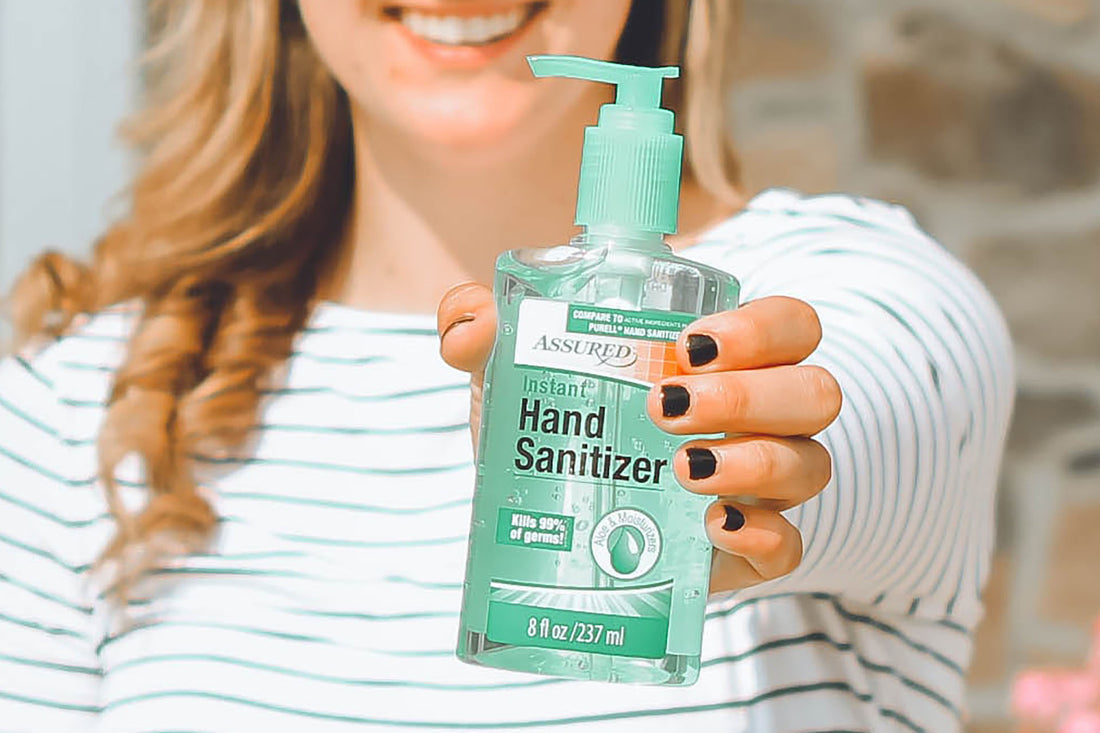
4 Reasons Why You Should Stop Trying To Make Your Own Hand Sanitisers
Share
With the spread of COVID-19 in Singapore, there has been a heightened awareness on practising good personal hygiene & precautionary measures, such as wearing face masks & using hand sanitisers.
As such, you’d have seen web articles, social media posts, and even courses on how to make your own DIY hand sanitisers using a mixture of essential oils, rubbing alcohol and other ingredients.
However, these recipes are often from uncredible and unverified sources, and contain inaccuracies that might end up doing more harm than good, even though they may seem well-intentioned.
So before you embark on your DIY hand sanitiser project, here are a few points that would make you rethink your decision.
1. Just Because It Contains Alcohol, It Doesn’t Mean It’s Effective

Many have the misconception that as long as the solution contains alcohol, it will kill the virus when applied.
However, that’s not the case. There’s a minimum percentage of alcohol content that is needed before a hand sanitiser can effectively kill the virus in your hands.
A hand sanitiser has to contain at least 60% alcohol before it can break the cell wall of the virus and effectively kill them off.
That means alcohol solutions that are usually used for making DIY hand sanitisers, such as vodka, are ineffective as they contain below 60% alcohol.
2. Using Essential Oils Might Do More Harm Than Good

According to Dr Natasha Bagdasarian (Division of Infectious Diseases, National University Hospital) essential oils, a common ingredient found in DIY hand sanitiser recipes, do not provide reliable protection from viruses.
This is because essential oils are not preservatives, a key component required to kill contaminants, such as bacteria, germs, and viruses.
Even if you insist on using essential oils, they need to be made together with solubilisers. If not, the oils will not be dispersed evenly throughout the liquid, making them completely ineffective.
Moreover, if this un-dispersed concentration of essential oils are applied to the skin without any dermal limits, it might lead to adverse reactions on the skin, such as rashes and bumps.
3. Ingredients to Make Hand Sanitisers Are Not Off-The-Shelf Items

While it is not totally impossible to make hand sanitisers yourself, one needs to have the right formula first, such as this one published by the World Health Organisation (WHO).
However, it should be noted that the ingredients (such as hydrogen peroxide & glycerol) are more likely to be found in a laboratory, rather than off-the-shelf at supermarkets.
Hence, it might be impossible for a member of the public to get their hands on the appropriate items to make a legit hand sanitiser.
4. Washing Hands With Soap Still The Best Practice

If you are unable to get your hands on a bottle of hand sanitiser because they ran out of stock at almost every storefront, it’s barely the end for you.
Besides, over-relying on hand sanitisers are not good for your skin in the long term, as it could result in dryness and cracking of the skin.
It fact, it is more effective to wash your hands thoroughly with soap and water. While hand sanitisers are convenient, they cannot replace proper hand washing.
According to the Centre for Disease Control and Prevention (CDC) in the US, washing hands with soap and water is the only method that can remove all types of germs on your hands effectively.
So do remember to wash your hands for at least 20 seconds (or the time it takes to sing “Happy Birthday” twice) regularly, and more importantly, before you touch your face with your hands.
